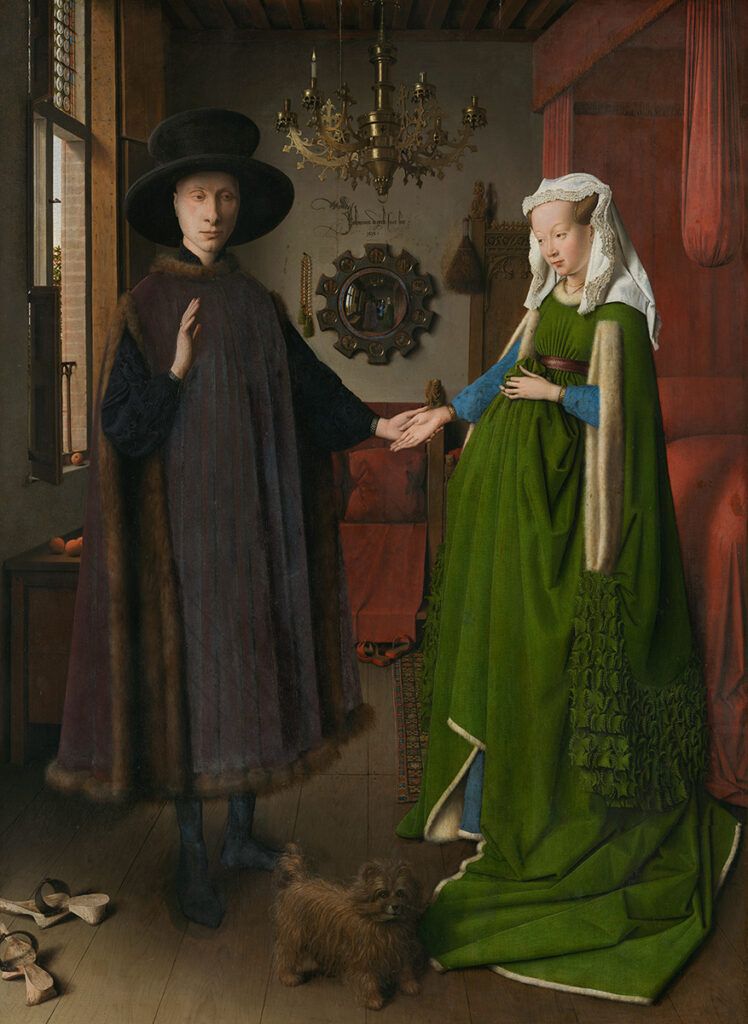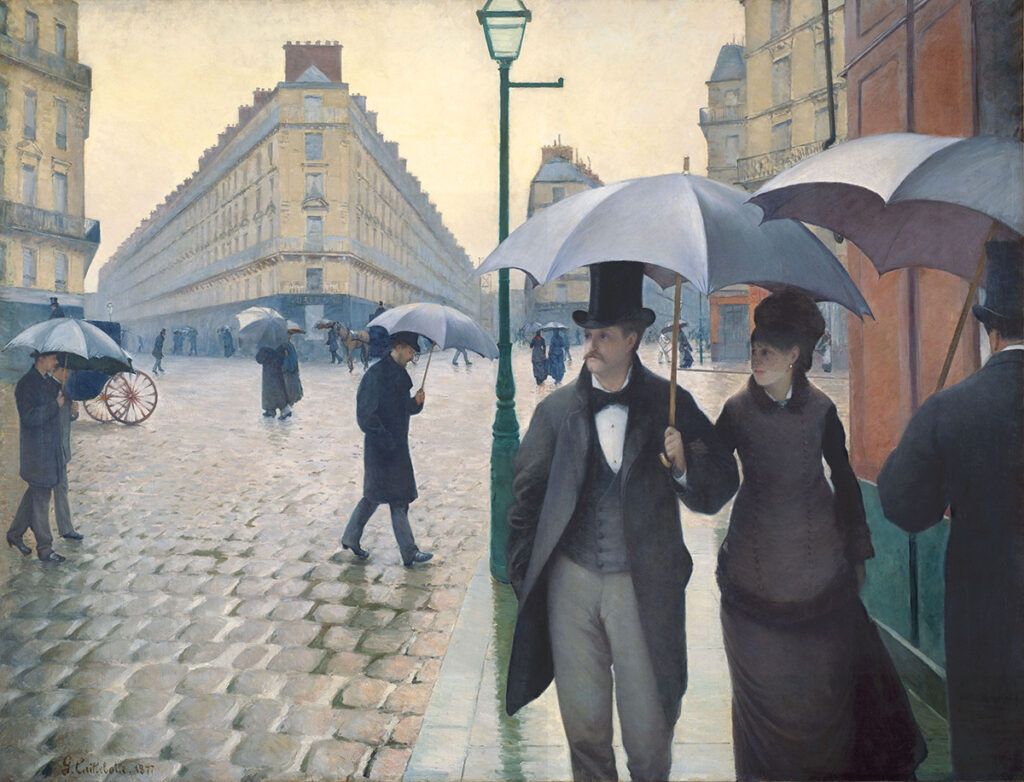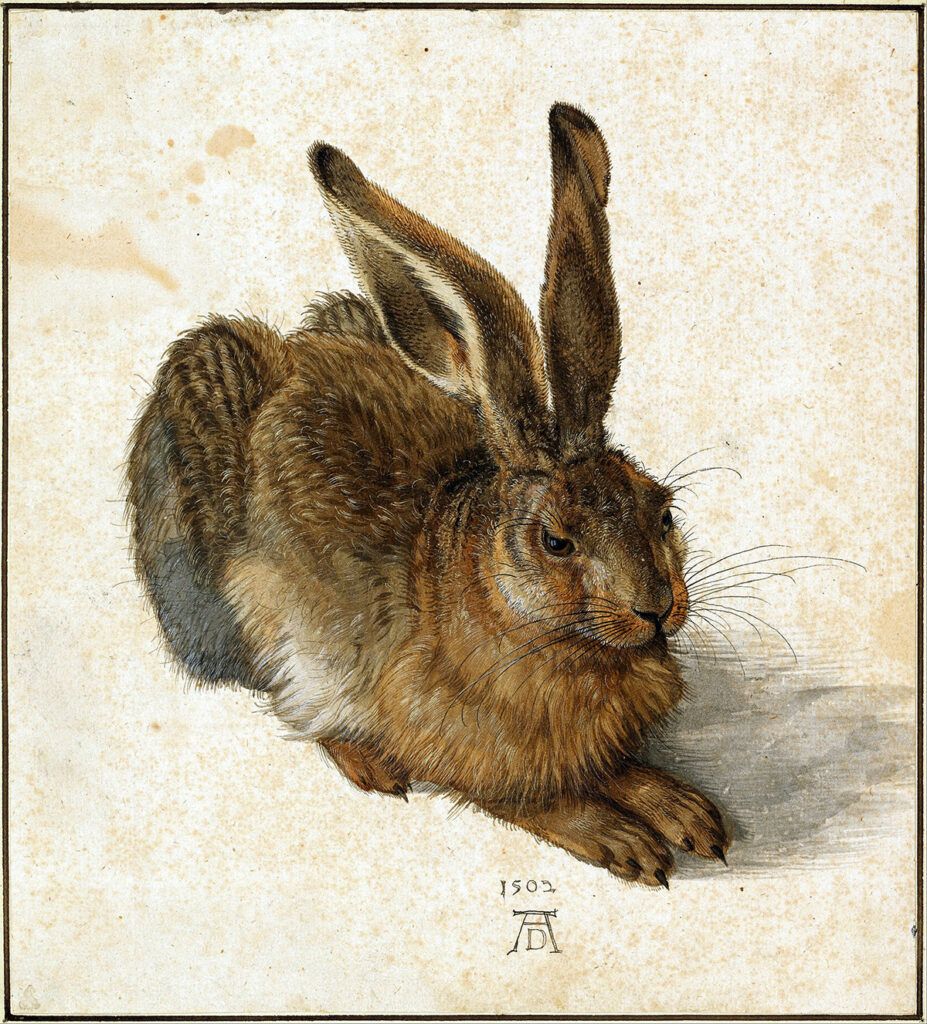Composition and color often get the most attention when discussing paintings, but texture is often the unsung hero that can create a stronger connection with the viewer. Here, we have a brief discussion of three paintings known for their use of texture, and offer a window into the effects it can help create.
The Arnolfini Portrait by Jan van Eyck

(oil on oak panel, 32.4×23.6)
There are quite a few speculations about this masterpiece: it was the first to show an interior, and was the birth of modern painting; it is evidence of a marriage contract; van Eyck used a magnifying glass to get some of the details. There is agreement, though, in that van Eyck captured the variations in values, the surface textures, and the balance of both direct and reflected light to give the painting its three-dimensional effect. Through the use of wet-on-wet oil paint and several layers of translucent glazes, he shows his expert use of texture: the light reflected off the chandelier, the glass beads of the rosary hanging below, the texture in the carpet, the hair of the dog, the grain of the wooden heels, and the fur linings for the robes. The painting has an almost tactile sense.
Paris Street; Rainy Day by Gustave Caillebotte

In this iconic piece, Caillebotte’s use of texture goes far beyond the surfaces; he uses it to create perspective. With a painting that measured almost seven feet by ten feet, there was more than enough room to go into the required detail, and — rather — lack thereof. Items in the distance are much more fuzzy, and they get more fuzzy the further away they are, as happens on a day when curtains of steady drizzle obscure all. As a contrast, those in mid-distance are rendered in sharp lines, and this suggests that photography played a role in the painting of this piece. Set on a wintry afternoon with inclement weather, the painting captures subjects who were clearly not posing for a portrait, but rather on the move and frozen in time — as a photograph would do. In addition to the contrast of the foreground and midground, the hazy texture of the overcast sky is contrasted by the shiny pall that it creates in the spaces between the bricks of the street and on the sidewalk in front of the streetlamp, as if for a moment, the entire frame of commotion were to come into focus. With this cascade of contrasting textures, the artist has captured a small crack of clarity in an otherwise hazy and hasty afternoon.
Young Hare by Albrecht Dürer

Dürer believed that art was rooted in nature, and this painting captures his desire to show the animal as it was, rather than adhering to an idealized view of what a hare — not “bunny” — should be. He captured the mottled fur for the hare and all the fur’s various textures, which he built up with light and dark paint. This is the result of a number of different studies, all of which point to his attention to detail. This detail shows that in the natural world, animals are a little bit flawed and a little bit dirty — in other words — simply natural. He used his mastery of texture to achieve that end, but with a keen eye also looking at the anatomy that lies beneath the surface.

